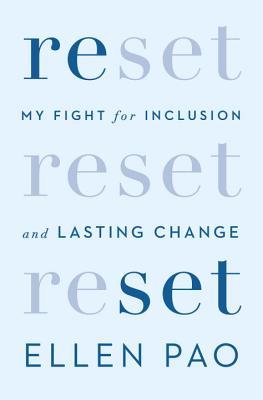Adventure Capital
It was almost as if someone had copied my resume verbatim. It was so specific and unconventional, and it matched my unusual background entirely. It was nice to see the choices I made validated in that one job spec - even if my decisions had been more opportunistic than strategic. [...]
ah yes, validation by those in power, what a nice feeling
It was almost as if someone had copied my resume verbatim. It was so specific and unconventional, and it matched my unusual background entirely. It was nice to see the choices I made validated in that one job spec - even if my decisions had been more opportunistic than strategic. [...]
ah yes, validation by those in power, what a nice feeling
AS SILICON VALLEY denizens know but others might not: Venture capital is the cash engine that fuels the tech industry. Venture capital firms raise money from rich individuals, wealthy families, universities, foundations, pension funds, funds-of-funds, government investment arms, and others. The money goes into a fund, which usually lasts three to five years. They invest that money in startups. Different VC firms invest in different stages, which range from angel to seed money to Series A to B to C rounds of cash, and so on. Angels invest the first money that a founder raises, often before there is even a team.
Following the money can be confusing. For their work and investment, most VC firms take an annual management fee of around 2.5 percent of the fund for ten years, paid by their investors. They also take what’s called “carry,” Following the money can be confusing. For their work and investment, most VC firms take an annual management fee of around 2.5 percent of the fund for ten years, paid by their investors. They also take what’s called “carry,” or carried interest, usually 20 to 30 percent of any gains. If you have a $1 billion fund—which is smaller than Kleiner’s was when I left—that charges fees at the top end, $250 million of that goes straight to the partners just for management fees. Bam, they get $250 million over ten years. Then if, say, you triple that money in ten years, the partners would get another $600 million as carry from their share of the gains. The bigger the company’s numbers get, the more ridiculous the profit for the venture capital firm.
AS SILICON VALLEY denizens know but others might not: Venture capital is the cash engine that fuels the tech industry. Venture capital firms raise money from rich individuals, wealthy families, universities, foundations, pension funds, funds-of-funds, government investment arms, and others. The money goes into a fund, which usually lasts three to five years. They invest that money in startups. Different VC firms invest in different stages, which range from angel to seed money to Series A to B to C rounds of cash, and so on. Angels invest the first money that a founder raises, often before there is even a team.
Following the money can be confusing. For their work and investment, most VC firms take an annual management fee of around 2.5 percent of the fund for ten years, paid by their investors. They also take what’s called “carry,” Following the money can be confusing. For their work and investment, most VC firms take an annual management fee of around 2.5 percent of the fund for ten years, paid by their investors. They also take what’s called “carry,” or carried interest, usually 20 to 30 percent of any gains. If you have a $1 billion fund—which is smaller than Kleiner’s was when I left—that charges fees at the top end, $250 million of that goes straight to the partners just for management fees. Bam, they get $250 million over ten years. Then if, say, you triple that money in ten years, the partners would get another $600 million as carry from their share of the gains. The bigger the company’s numbers get, the more ridiculous the profit for the venture capital firm.
John, my boss, was king of kingmakers when I joined. He had some early, very big hits: Genentech, Intuit, Amazon. He was one of the first to invest in the internet, with Netscape, and cemented his online reputation later with Google. Several companies already had competing search engines, but John saw Google’s potential to transform the internet. He brought in Eric Schmidt as CEO, making Eric a tech king and a multibillionaire. John viewed things from a different lens, one that showed him something special in these companies. He figured out ways to push them through the system, by using his relationships, raising more funding, and helping them sell. He contributed to making many other people into billionaires, including himself several times over.
making kings out of startup founders, for real
John, my boss, was king of kingmakers when I joined. He had some early, very big hits: Genentech, Intuit, Amazon. He was one of the first to invest in the internet, with Netscape, and cemented his online reputation later with Google. Several companies already had competing search engines, but John saw Google’s potential to transform the internet. He brought in Eric Schmidt as CEO, making Eric a tech king and a multibillionaire. John viewed things from a different lens, one that showed him something special in these companies. He figured out ways to push them through the system, by using his relationships, raising more funding, and helping them sell. He contributed to making many other people into billionaires, including himself several times over.
making kings out of startup founders, for real

